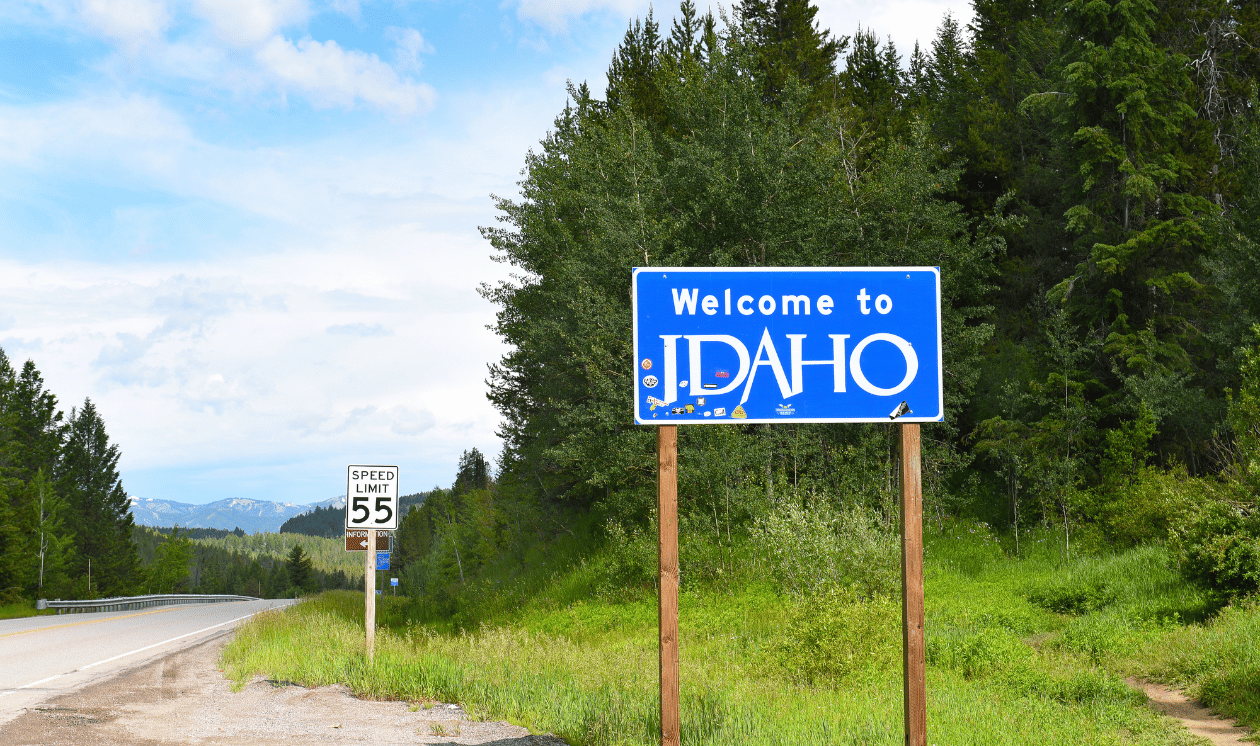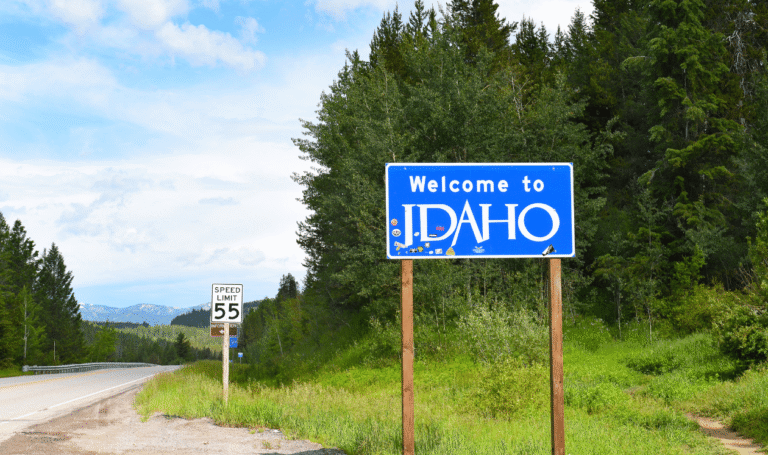
WA → ID: 9 Costs That Drop When You Cross the Border (and 3 that Don’t)
Thinking about swapping Evergreen-State headaches for Panhandle peace and quiet? You’re not alone. From car tabs that make you question your life choices to surprise tolls and a tax alphabet soup, many Washington folks discover real dollars-and-cents relief the minute they plant roots in North Idaho. But not everything gets cheaper. Here’s your no-BS breakdown, North Idaho Experience–style.
9 costs that usually drop when you move WA → ID
1) Sales tax on most purchases
In day-to-day checkout life, Idaho’s sales tax rate is typically lower than what you pay in many Washington cities (especially along the I-5 corridor). Less sting at the register on hardware runs, snow gear, and Costco hauls adds up fast.
Note: Groceries are the big asterisk—see “costs that don’t” below.
2) Gasoline
If you’ve filled up on both sides of the line, you already know the vibe: Washington’s pump prices are often higher due to policy and program layers. North Idaho’s tank totals usually land easier—handy when your weekends involve boats, sleds, and extra miles.
3) Vehicle registration (“tabs”)
This is the one that makes new Idahoans grin. Washington fees (and local add-ons) can pile up, especially in parts of the Puget Sound region. Idaho’s registration is generally simpler and cheaper. Put the savings toward a season pass.
4) Auto insurance
On average, Idaho drivers tend to see lower premiums than their Washington neighbors, thanks to a mix of risk, roads, and population density. Your exact rate depends on your history and vehicle, but many transplants see a clear drop.
5) Housing dollar per square foot
Compare North Idaho (Post Falls, Rathdrum, Athol, Hayden) to Western Washington metros and the price-per-foot math usually tilts in Idaho’s favor. Even coming from Spokane, a lot of buyers find more yard, shop space, and garage for the money on the Idaho side—especially if you’re flexible on neighborhood and finish level.
6) Real estate transfer taxes when you sell
Future-you will thank present-you: Idaho doesn’t have a state real estate transfer tax like Washington’s REET. That’s real money you keep on your next Idaho sale.
7) Everyday tolls, ferries & “gotcha” commuting costs
No boat to catch, no toll gantries on your daily drive. North Idaho’s commute math is refreshingly boring. You’ll still spend on gas and maintenance, but ferries and regular tolls bow out of the budget.
8) Some business taxes (hello, small-business owners)
If you’re leaving Washington’s gross-receipts B&O landscape and re-forming your operation in Idaho, your tax picture may improve. Idaho taxes net income, not top-line revenue. Talk to your CPA, but many owner-operators get a friendlier runway here.
9) Payroll deductions tied to WA-only programs
If you live and work in Idaho (not commuting or remote-earning in WA), you won’t see Washington-only payroll premiums like WA Cares or PFML on your stub anymore. Again—work location matters—confirm with your HR/CPA.
3 costs that don’t usually drop (and might rise)
1) Personal income tax
Washington doesn’t have one. Idaho does. It’s straightforward and flat, but it’s still a line item. For many families, the broader basket of savings (tabs, gas, sales tax, housing, tolls) more than offsets it—but run your numbers with a pro.
2) Groceries
Washington exempts most groceries from sales tax. Idaho taxes groceries at the normal sales tax rate. Idaho offers a grocery tax credit at tax time, but at the register, you’ll notice the difference. Pro tip: some families shift more spend to bulk buys and in-season local produce to keep the cart cost in check.
3) A few utilities
Both states benefit from hydropower, but rates and providers vary. In some neighborhoods, Washington power can edge cheaper; in others, Idaho’s a wash. Internet pricing and speeds are also block-by-block. It’s not a deal-breaker, just don’t assume every monthly bill will be lower.
Local fine print (because details matter)
- County & city levies matter. Property tax bills depend on assessed value and local levies. North Idaho’s effective rates are often competitive, but they do vary by neighborhood and school district.
- Work where you live. Tax treatment depends on where you earn. If you live in Idaho but work for a Washington employer (physically or for tax purposes), some WA-specific costs can still apply.
- Insurance is personal. Cars, credit, claims—and wildfire exposure—can nudge premiums up or down across the border. Shop around.
- Market shifts happen. September in North Idaho often brings a post-summer breather—more price cuts, more negotiability. But every micro-market (Post Falls vs. Athol vs. Hayden) moves differently.
The TL;DR
If you’re leaving Washington for North Idaho, you’ll likely spend less on tabs, gas, most checkout purchases, tolls/ferries (because…none), many insurance policies, and potentially your small-business tax outlay. You’ll add a personal income tax, pay sales tax on groceries, and you might not win every utility bill comparison. For most families we relocate, the overall cost-of-living shift is a solid net win—plus you get mountains, water, elbow room, and a community that still feels like a community.
Ready to put numbers to your exact move?
We’ll map your WA → ID cost-of-living side-by-side with real homes that match your budget (and lifestyle). Former first responders. Zero fluff. All facts.
Contact us to start your custom move plan.
Listen, Watch, Read






Your Guide to Idaho’s Best-Kept Secrets
Join our email list for exclusive insights, local tips, and the latest listings. Get closer to the Idaho lifestyle you’ve been dreaming of. Sign up today!





